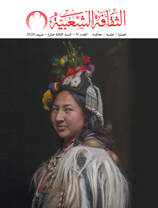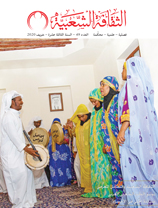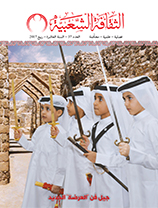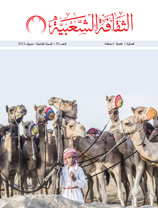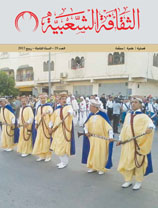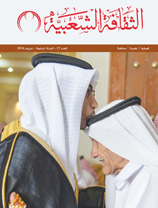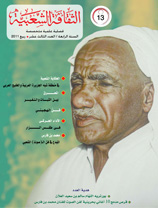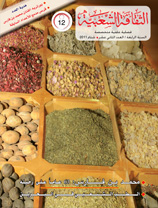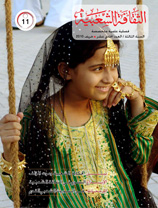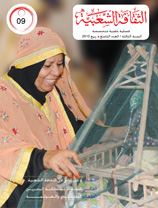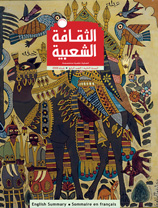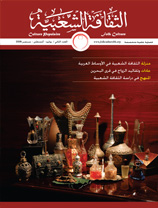The Kinship System: The Real and The Fictional: An Anthropological Study of The Folktale “That of Fate in Gold, And That of Fate in Silver”
Issue 65

Zahia Teraha. Algeria
This article deals with the relationship between the real and the imaginary. Thus, it is an anthropological study of the folktale That of Fate in Gold, And That of Fate in Silver. This paper studies the subject of kinship in social reality and in fiction. We have concluded that the organization of kinship in social reality sometimes depends on biological kinship, sometimes on social, religious and human kinship, but the priority is biological kinship, and this is what we find in the story in general. It is an organization related to the nature of the system of marriage, parentage and residence. The most important conclusion is that the kinship system in the imaginary tale is sometimes different from the real system. The idea of lineage and residence with the mother can be seen as a great example of this. This paper presents an evolutionary anthropological interpretation of this system as a remnant of the prehistoric matriarchal kinship system.
The study concludes the following: first, the organization of kinship in fiction is similar to its organization in our social reality in that it is primarily based on biological relations. Following the biological come the social, religious, and human relations. Second, paternity is felt biologically and instinctively. The king was drawn to his estranged son before discovering their kinship. Third, the preferred marriage system in the fictional tale is similar to that in reality: monogamous consanguineous marriages which result in one shared extended family. At the beginning of the tale, it first introduced a polygamous consanguineous marriage within a nuclear family. Then, it introduced a monogamous, non- consanguineous marriage. Both of these marriages were shown to result in many conflicts. Consequently, the solution to conflict arrived at the end of the tale in the form of monogamous consanguineous marriages within one shared extended family. Lastly, the prevailing patriarchal system in the fictional tale resembles reality in its preference to a patriarchal kinship and residence systems due to economic factors such as the husband's ownership of the lands and wheat fields.
















